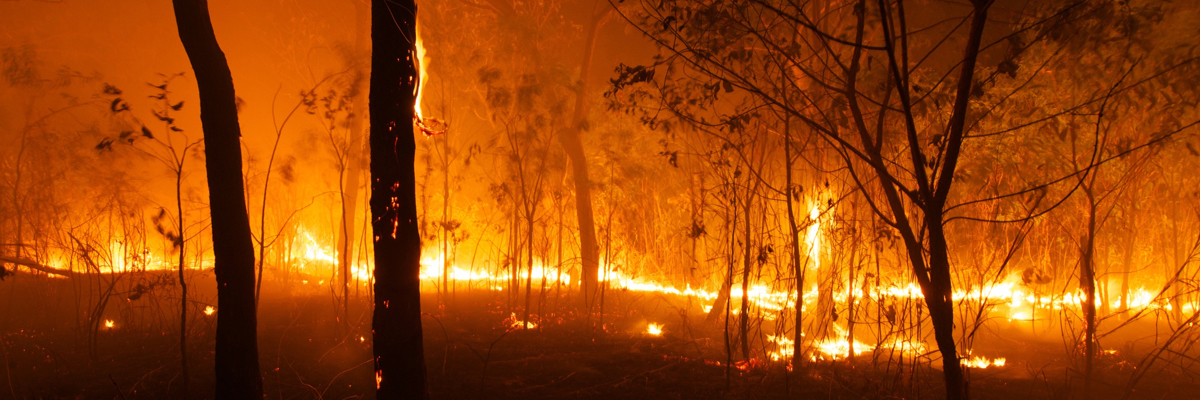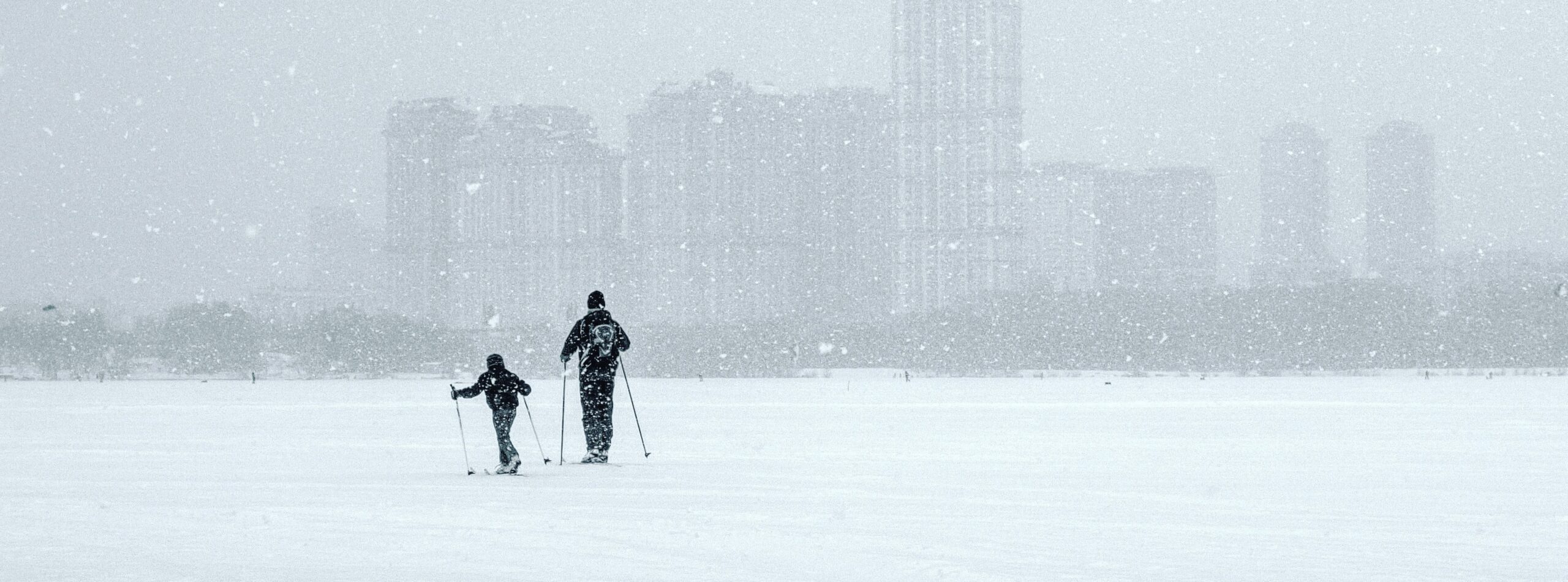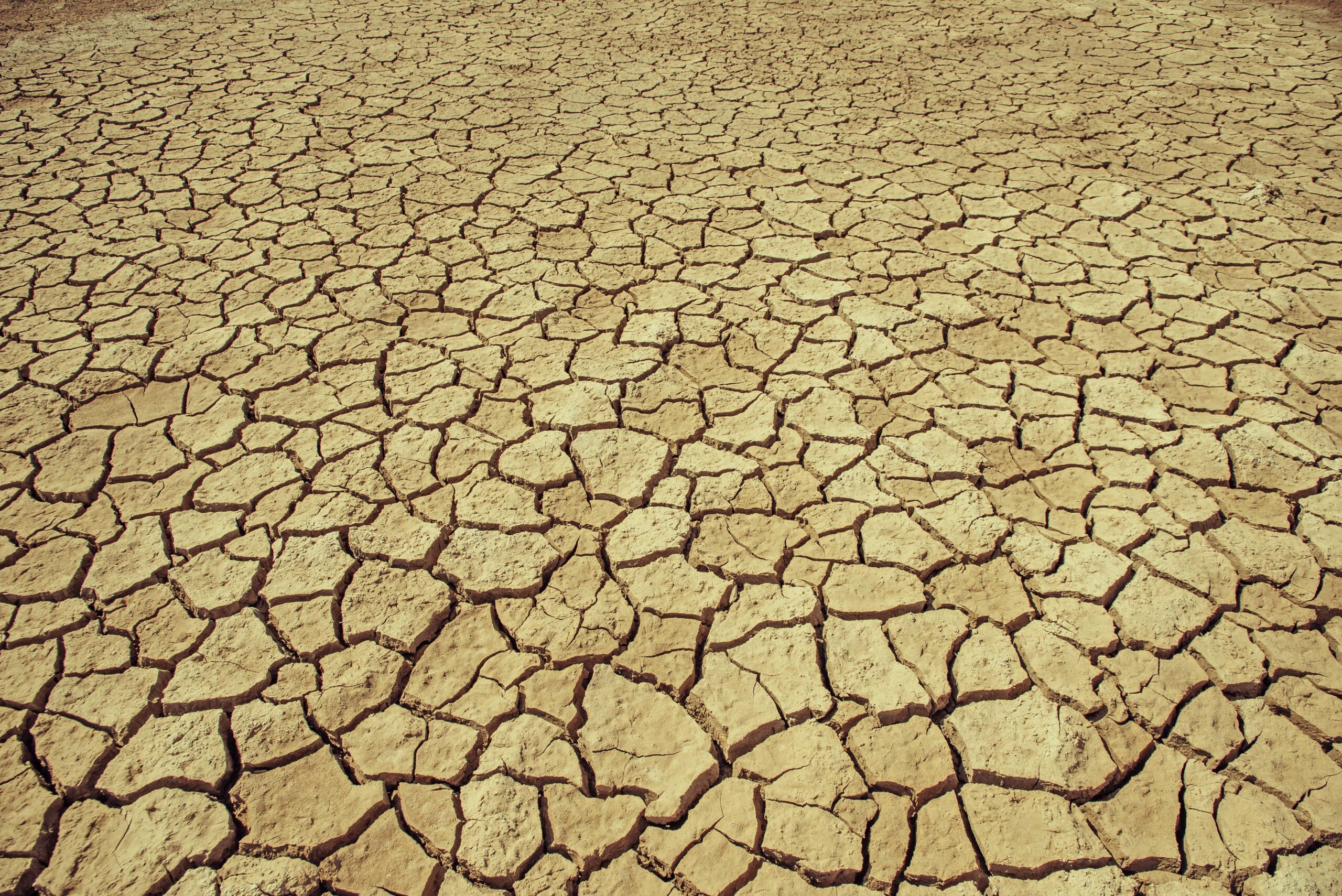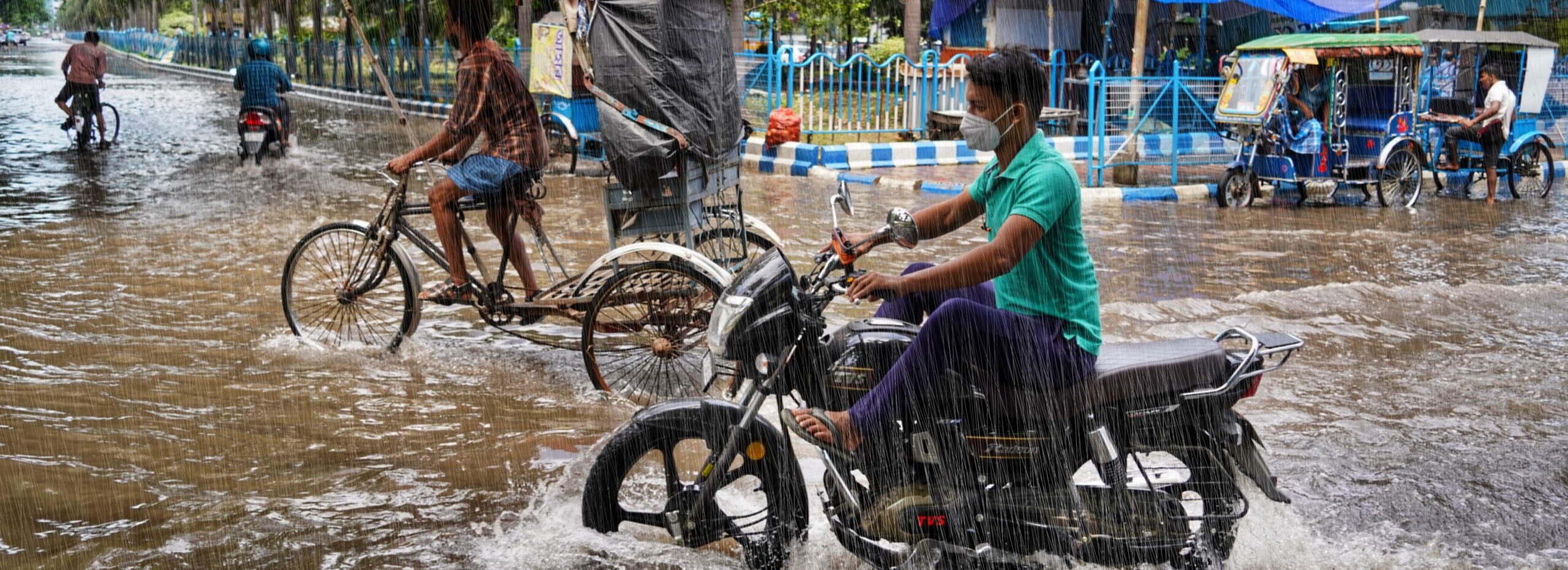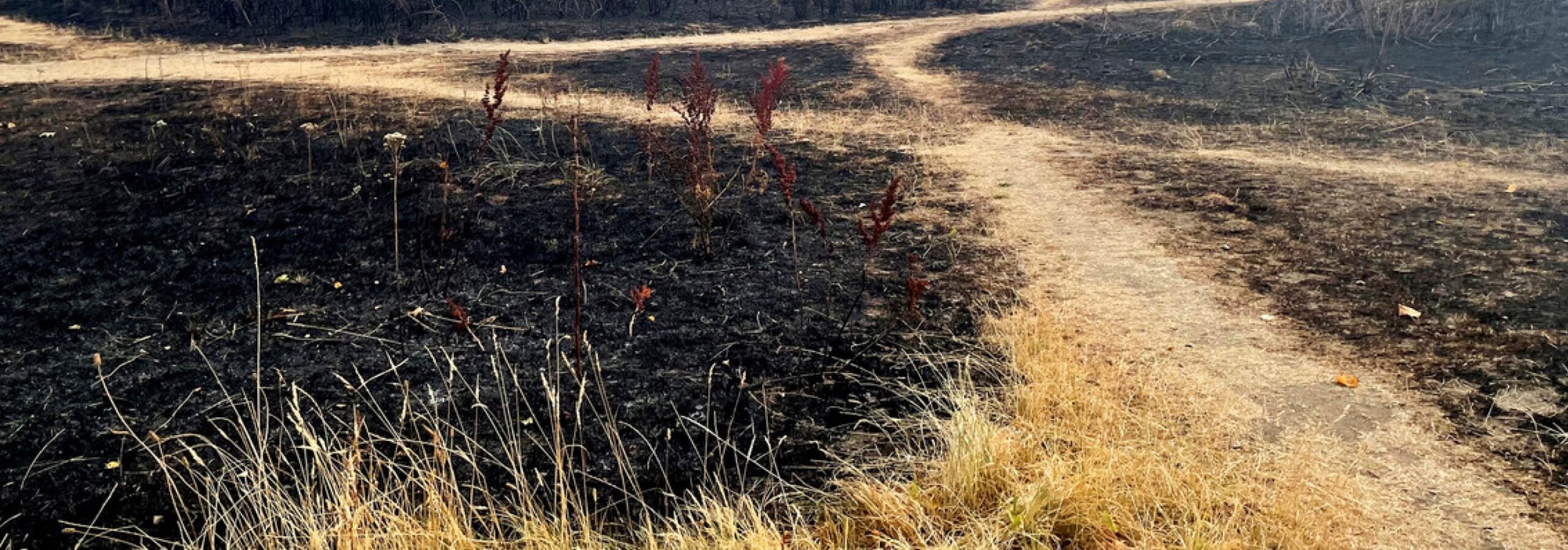In this study we aim to answer the question whether and to what extent human-induced climate change has altered the likelihood and intensity of fire weather risk in the southeastern Australian bushfires in 2019/2020. We further aim to answer the same question for two key components of fire weather, extreme high temperatures and lack of rainfall. The study was conducted using a well-established protocol that was used in many previous extreme event attribution studies. In this, we compute the change in probability of a Fire Weather Index, extreme heat or drought as high as was observed in 2019/20 in the current climate compared to the climate of around 1900 in both observations and climate models.
Key findings
The key findings of the analysis of the 2019/20 fire season in southeastern Australia are:
Fire Weather Index
- We consider the highest weekly mean Fire Weather Index (FWI) of the fire season for each grid point as a measure of the most intense fire risk, and the Monthly Severity Rating as a measure of the overall seasonal fire risk. These are averaged over the area of most intense bushfires, between the mountains (the Great Dividing Range) and sea in New South Wales (including the Australian Capital Territory) and Victoria.
- Four climate models for which FWI could be calculated show that the probability of a Fire Weather Index this high has increased by at least 30% since 1900 as a result of anthropogenic climate change. As the trend in extreme heat is one of the main factors behind this increase and the models underestimate the observed trend in heat, the real increase could be much higher. This is also reflected by a larger trend in the Fire Weather Index in the observations.
- The observed index in 2019 was exceptional with a probability of about 3% in any given year in the current climate to occur. FWI shows a significant trend towards higher fire weather risk since 1979. Compared with the climate of 1900, the probability of Fire Weather Index as high as in 2019/20 has increased by more than a factor of four. For the Monthly Severity Rating the probability has increased by more than a factor of nine. We can attribute part of this trend to climate change.
- The Monthly Severity Index increased by a factor of two in the models, compared with 1900, but this is not significantly different from no change. Again, the real increase could be higher.
- Projected into the future, the models simulate that a Fire Weather Index at the 2019/20 level would be at least four times more likely with a 2 ºC temperature rise, compared with 1900. Due to the model limitations described above this is likely an underestimate.
Heat
- We analyse the highest 7-day mean maximum temperatures of the year averaged over the same region as the Fire Weather Index.
- Observations show that a heatwave as extreme as observed in 2019/20 would have been 1 to 2 ºC cooler at the beginning of the 20th century. Similarly, a heatwave of this intensity is about 10 times more likely now than it would have been around 1900.
- While all eight climate models that were investigated simulate increasing temperature trends, they all have some limitations for simulating heat extremes: the variability is in general too high and the trend in these heat extremes is only 1 ºC, substantially lower than observed. We can therefore only conclude that anthropogenic climate change has made a hot week like the one in December 2019 more likely by at least a factor of two. Given the larger trend in observations, we suspect that climate models underestimate the trend in extreme heat due to climate change. Coupled with the models’ tendency to overestimate variability, the increase in the likelihood of such an event to occur is likely much higher than the models suggest.
Drought
- We consider annual mean low precipitation and the driest month of each year’s fire season September-February, both averaged over the same region.
- Observations show non-significant trends towards more dry periods like the record 2019 annual mean and a non-significant trend towards fewer fire season dry months like December 2019.
- All ten climate models we considered simulate the statistical properties of the observations well. Collectively they show no trend in dry extremes of annual mean precipitation nor in the driest month of the fire season (September–February). We conclude that there is no attributable trend in dry extremes like the ones observed in 2019.
2019 conditions
- These attributions are for events as defined above at the threshold, or above, set by the 2019/20 fire season and thus assessing the overall effect of human-induced climate change. In individual years, natural variability in large scale climate system drivers can have a higher influence on fire risk than the trend.
- Besides the influence of anthropogenic climate change, the particular 2019 event was made much more severe by a record excursion of the Indian Ocean Dipole and a very strong anomaly of the Southern Annular Mode, which together explain more than half of the amplitude of the drought in the second half of 2019.
Full study
- See the full study at NHESS: Attribution of the Australian bushfire risk to anthropogenic climate change

